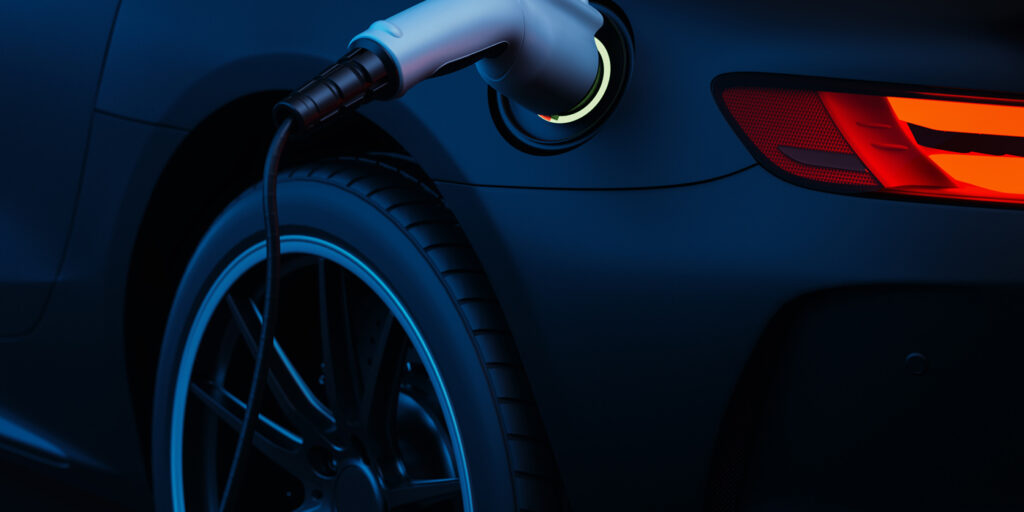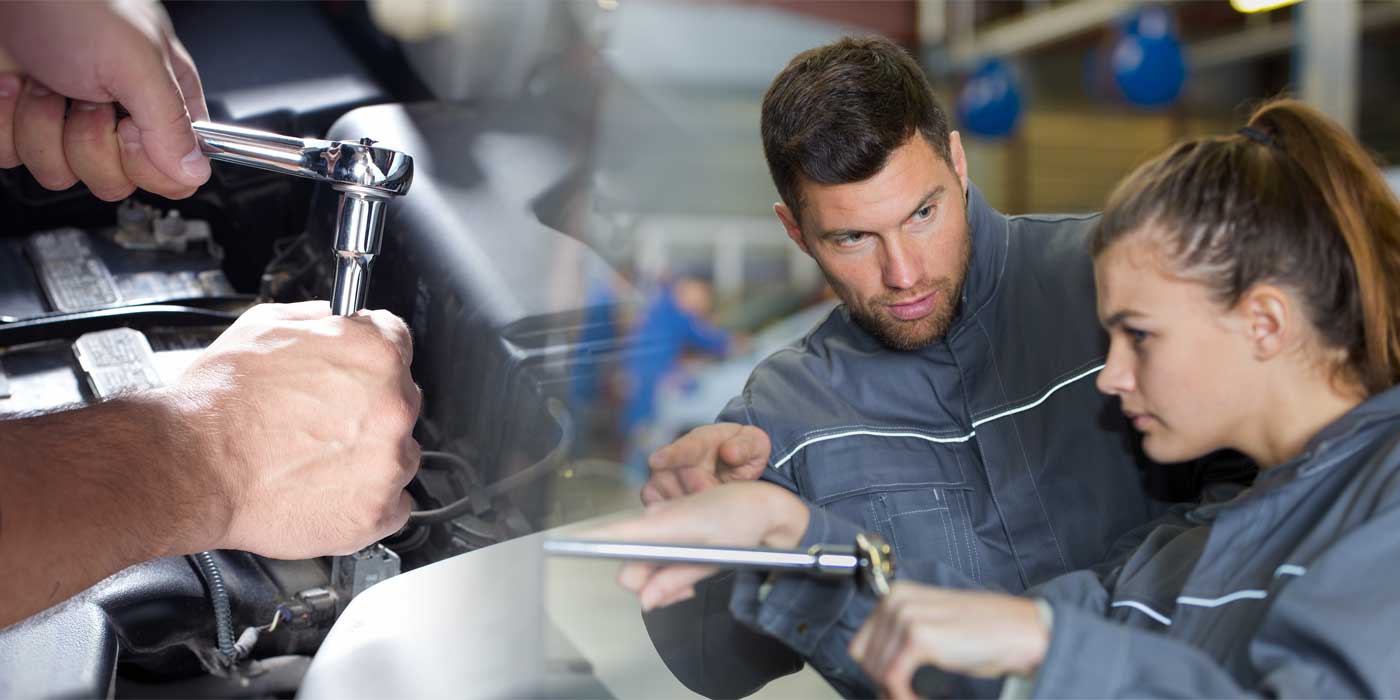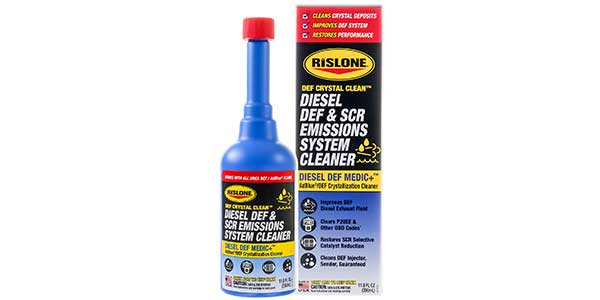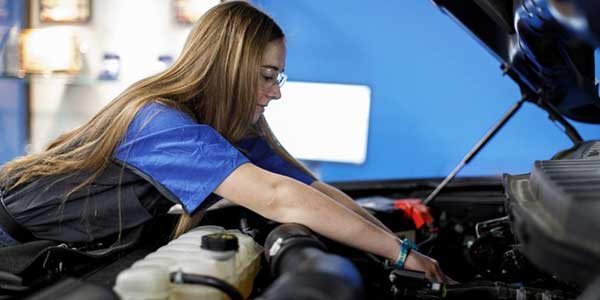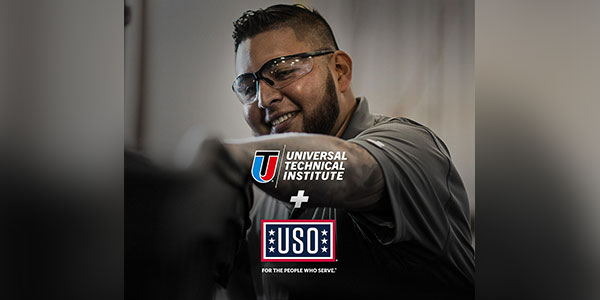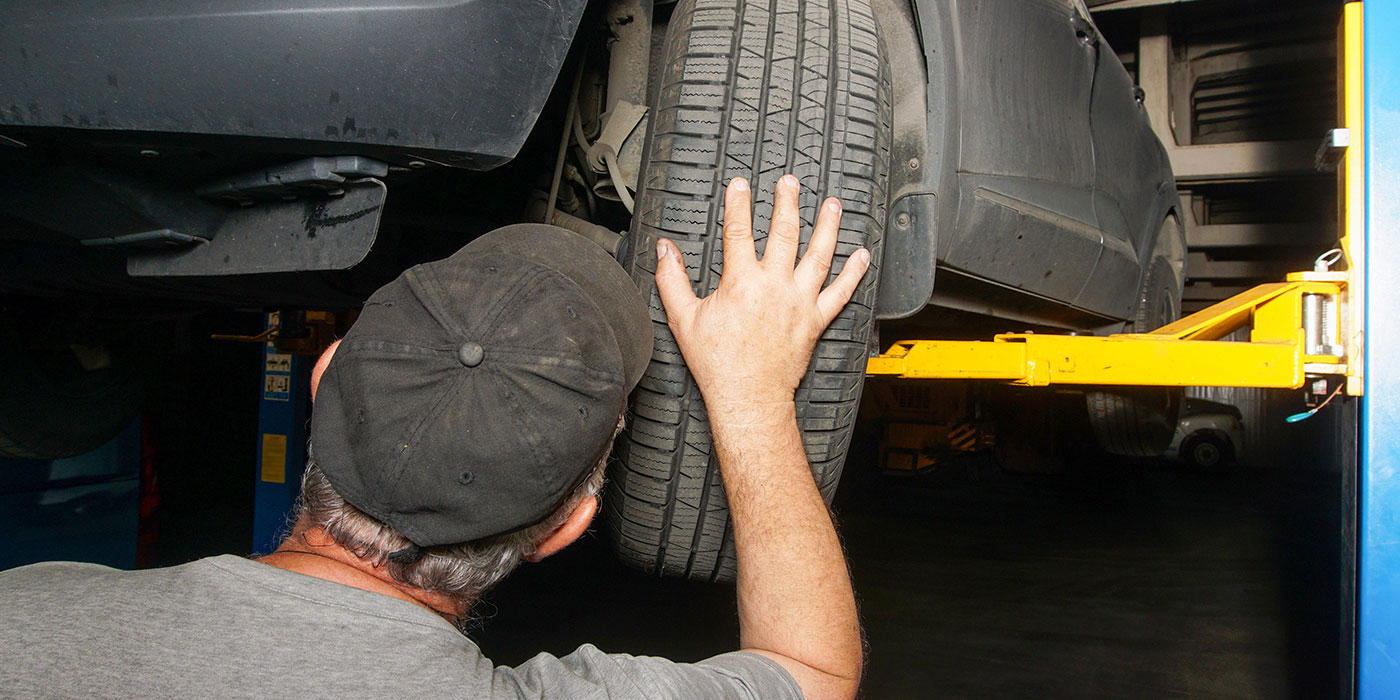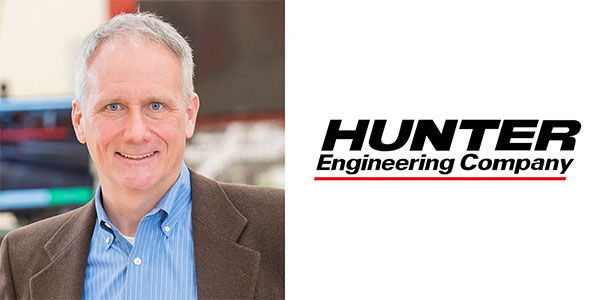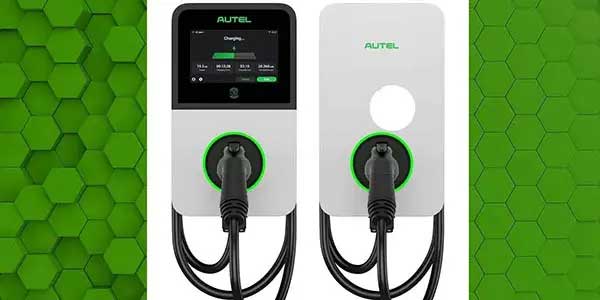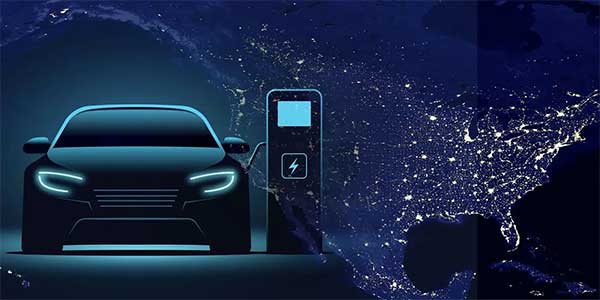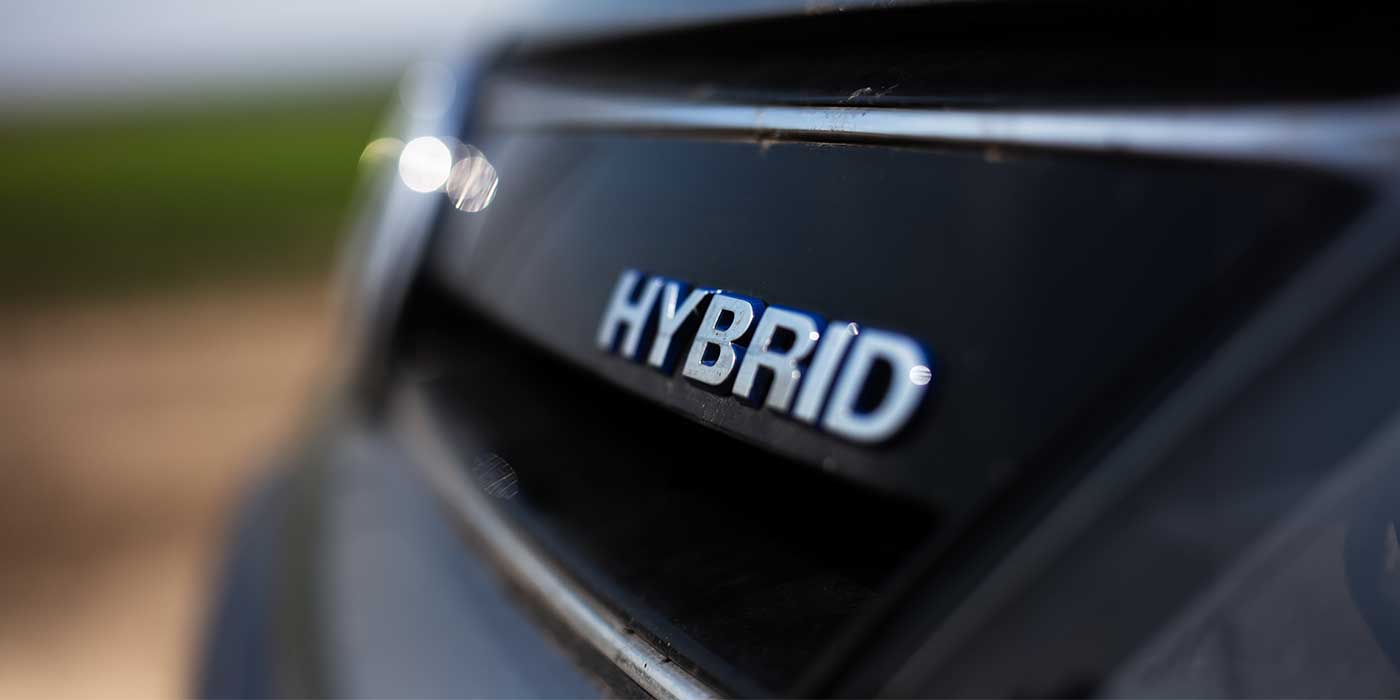Communicate with Your Customers & Convert Challenges into Opportunities
Hardly a week goes by without hearing about the transition to electric vehicles (EVs). Almost as frequent are explanations why this may not happen as quickly as predicted.
Regardless, with manufacturers pouring literally trillions of dollars into EV development, you can be sure they’re coming, at some point, in some quantity. It’s time to start learning about EV tires.
The two big things. There are two central truths about EVs, from which most tire considerations flow:
• EVs are hundreds of pounds heavier than typical vehicles
• Instantaneous torque is serious business
If you’re an EV tire, your life just got tougher. And customers not previously advised that high weight, high torque is a recipe for quicker tire wear might also have some concerns.
But that’s to a conscientious dealership’s advantage, since you’ll have the opportunity to educate your customers on the nature of EV tires and the need for more frequent wheel and tire maintenance. That’s all to the good.
Physics always wins. What will you need to explain?
The slingshot torque of a high-performance EV is one of its selling points. Drivers who enjoy zip and zoom will not fail to get their money’s worth. But high torque is stressful on tire tread, and the greater weight compounds the problem.
Additionally, EVs require stiffer tires to reduce rolling resistance. Your customers may not be familiar with this key concept, so here’s how to illustrate it. The bigger the “squishy” spot — the contact patch, or where the rubber flattens on the road — the greater the resistance to rolling. The smaller the patch, the less energy wasted and therefore the longer the battery range. Trains, for example, have no rolling resistance, since it’s steel on steel and the wheel always remains round.
Therefore, EV tires need to be capable of carrying a heavy load, while maintaining sufficient stiffness to help ensure maximum range. That is a specific and more expensive type of tire. Take care to inform your customers that while you’ll expertly guide them to the most appropriate tires for their vehicle, EV tires simply wear quicker. Physics always wins.
Trading noise for noise. Now, here’s some counterintuitive stuff. EVs by themselves operate almost silently. The familiar noise and vibration of an ICE simply disappear. No one will miss that sound, but it was masking other noises and vibrations, such as wind buffeting, general road noise and most pertinent here, worn or imbalanced tires. Stiffer tires themselves may be noisier.
The remedy is more frequent wheel and tire maintenance, to reduce noise opportunities. But there are always tradeoffs, which provide another opportunity to demonstrate your expertise with tire brands and understanding the characteristics that best fit particular situations.
How does the customer weigh quiet ride vs. lower rolling resistance vs. handling in wet conditions vs. cost? Somewhere in that mix is the tire they need. Once you ask the qualifying questions, you can provide the product that best balances competing preferences.
Moreover, manufacturers are already developing tires designed specifically for EVs and challenges such as these. Their capabilities will only improve the closer we get to widespread adoption.
What energy inefficiency can mean. Back to maximizing range, the most important consideration for EVs. For the near future, drivers will not find charging stations as plentiful as gas stations. Imagine making a 250-mile holiday trip. A Toyota Camry may make it without a refill. An EV would require careful planning.
That planning must include more frequent maintenance. Here’s why. Let’s say misaligned wheels reduce EV battery efficiency by 10%. Those 25 miles could be the difference between arriving at the destination as intended and searching for a charging station that may not yet exist. Even when one is located, multiple hours are added to the journey.
Again, more frequent tire and wheel maintenance will not only lengthen tire life, but also stretch battery life.
The equipment. When it comes to actual servicing, EV tires are still tires. They align, balance and change the same, with the following caveat. If you see a lot of EVs, you’ll need a premium tire changer, capable of handling — without damaging — the stiff tires and expensive alloy wheels. Think leverless, roller-based, center-clamp for greater ease and better protection.
Your best customer. EVs require some tradeoffs. Customers will more readily accept them with your help. While wheel and tire maintenance is important for any vehicle, it’s critical for EVs. More inspections, more alignments, more balancing, more rotating will yield more efficiency, save more money and create more educated, satisfied customers.

